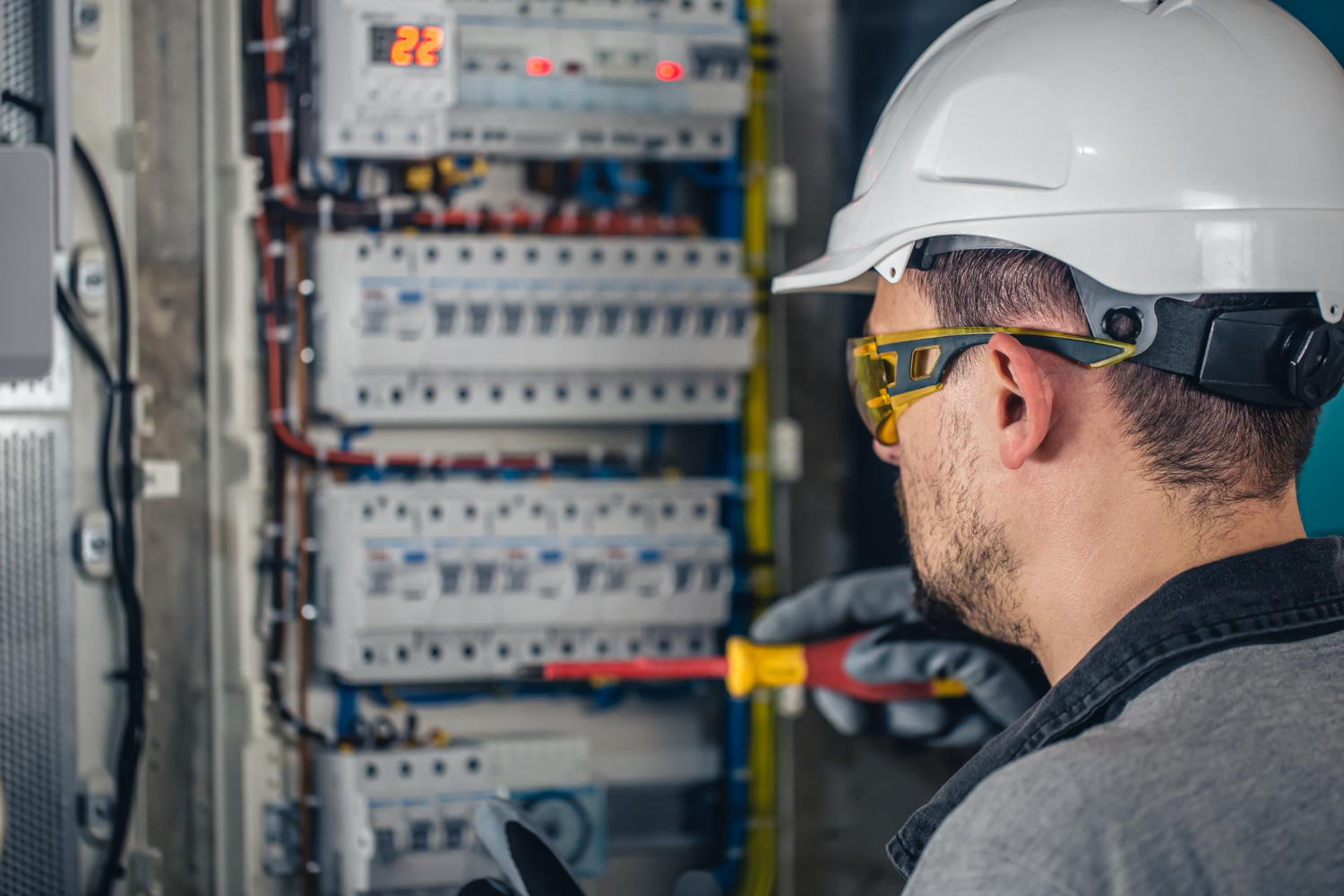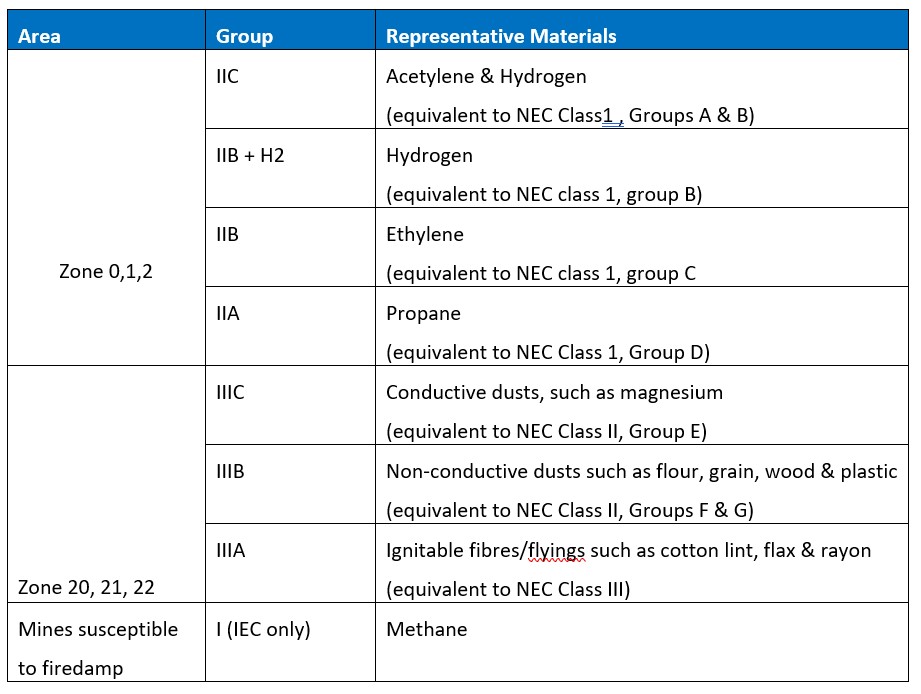Things about Roar Solutions
Things about Roar Solutions
Blog Article
Indicators on Roar Solutions You Need To Know
Table of ContentsAn Unbiased View of Roar SolutionsNot known Details About Roar Solutions The Buzz on Roar Solutions
In such an environment a fire or surge is feasible when three basic conditions are met. This is typically referred to as the "unsafe location" or "burning" triangular. In order to secure setups from a prospective explosion a method of analysing and identifying a possibly harmful area is needed. The purpose of this is to ensure the proper choice and setup of devices to eventually prevent an explosion and to make certain security of life.
(https://sketchfab.com/roarsolutions)
No devices must be mounted where the surface temperature of the equipment is above the ignition temperature level of the offered danger. Below are some usual dust hazardous and their minimal ignition temperature level. Coal Dust 380C 225C Polythene 420C (melts) Methyl Cellulose 420C 320C Starch 460C 435C Flour 490C 340C Sugar 490C 460C Grain Dirt 510C 300C Phenolic Resin 530C > 450C Aluminium 590C > 450C PVC 700C > 450C Soot 810C 570C The probability of the threat being existing in a focus high sufficient to cause an ignition will certainly vary from area to area.
In order to identify this threat an installation is separated into areas of risk depending upon the amount of time the harmful exists. These areas are referred to as Areas. For gases and vapours and dirts and fibers there are 3 areas. Area 0 Zone 20 A harmful ambience is extremely likely to be present and might be existing for lengthy durations of time (> 1000 hours annually) or perhaps continually Area 1 Zone 21 A harmful environment is possible yet not likely to be existing for lengthy periods of time (> 10 450 C [842 F] A classification of T6 implies the minimum ignition temperature level is > 85 C [185 F] Unsafe location electrical tools possibly made for use in higher ambient temperature levels. This would suggested on the score plate e.g. EExe II C T3 Ta + 60C( This means at 60C ambient T3 will certainly not be gone beyond) T1 T1, T2, T3, T4, T5, T6 T2 T2, T3, T4, T5, T6 T3 T3, T4, T5, T6 T4 T4, T5, T6 T5 T5, T6 T6 T6 A T Class rating of T1 implies the maximum surface area temperature level generated by the tool at 40 C is 450 C. Presuming the associated T Class and Temperature level score for the tools are appropriate for the location, you can always make use of a tool with an extra strict Department ranking than required for the location. There isn't a clear answer to this concern. It actually does depend on the sort of tools and what repair services need to be performed. Equipment with details test procedures that can not be performed in the field in order to achieve/maintain 3rd event rating. Need to return to the factory if it is before the tools's service. Field Repair Work By Authorised Worker: Complicated screening might not be called for however certain procedures may require to be adhered to in order for the equipment to keep its 3rd party score. Authorized employees need to be employed to perform the job correctly Repair service must be a like for like substitute. New element need to be taken into consideration as a direct replacement requiring no special testing of the equipment after the repair is full. Each piece of equipment with a dangerous score need to be evaluated independently. These are described at a high level below, but also for more comprehensive info, please refer directly to the guidelines.
The Buzz on Roar Solutions
The equipment register is an extensive data source of equipment documents that includes a minimum collection of areas to determine each item's location, technological specifications, Ex lover category, age, and environmental data. This details is crucial for tracking and taking care of the devices efficiently within unsafe areas. In contrast, for routine or RBI sampling assessments, the quality will be a combination of Thorough and Close assessments. The proportion of Comprehensive to Shut inspections will be established by the Equipment Threat, which is assessed based upon ignition threat (the probability of a source of ignition versus the likelihood of a combustible environment )and the dangerous location classification
( Area 0, 1, or 2). This variant will certainly likewise influence the resourcing needs for job prep work. Once Great deals are specified, you can develop sampling plans based on the example dimension of each Great deal, which describes the number of random devices things to be examined. To establish the required sample size, two aspects need to be assessed: the size of the Great deal and the category of inspection, which indicates the level of initiative that need to be used( lowered, regular, or increased )to the inspection of the Lot. By combining the classification of assessment with the Whole lot dimension, you can after that establish the appropriate rejection criteria for an example, suggesting the allowed variety of malfunctioning products discovered within that sample. For more information on this procedure, please refer to the Energy Institute Standards. The IEC 60079 basic recommends that the maximum interval in between inspections ought to not exceed 3 years. EEHA examinations will certainly additionally be performed beyond RBI campaigns as component of arranged maintenance and devices overhauls or repair services. These examinations can be credited towards the RBI sample dimensions within the affected Lots. EEHA assessments are performed to determine mistakes in electric devices. A heavy scoring system is necessary, as a solitary tool might have several faults, each with differing degrees of ignition danger. If the combined rating of both assessments is less than two times the fault rating, the Whole lot is deemed appropriate. If the Great deal is still taken into consideration unacceptable, it needs to undertake a full evaluation or justification, which may trigger stricter assessment methods. Accepted Whole lot: The sources of any kind of faults are determined. If a common failing setting is found, additional tools may call for maintenance. Mistakes are identified by extent( Safety and security, Stability, Home cleaning ), ensuring that immediate concerns are analyzed and dealt with without delay to mitigate any type of influence on security or operations. The EEHA data source ought to track and tape the lifecycle of mistakes together with the restorative activities taken. Applying a durable Risk-Based Inspection( RBI )technique is critical for guaranteeing compliance and safety and security in handling Electric Tools in Hazardous Locations( EEHA) (high voltage courses). Automated Fault Scoring and Lifecycle Management: Effortlessly handle mistakes and track their lifecycle to boost inspection accuracy. The introduction of this assistance for risk-based evaluation additionally reinforces Inspectivity's placement as a best-in-class solution for regulatory compliance, as well as for any asset-centric evaluation use situation. If you want discovering more, we invite you to request a demonstration and discover how our service can change your EEHA administration procedures.
A Biased View of Roar Solutions

In terms of explosive threat, an unsafe location is a setting in which an explosive environment exists (or may be anticipated to be existing) in amounts that call for special precautions for the building and construction, installation and usage of devices. eeha. In this short article we discover the obstacles faced in the workplace, the danger control measures, and the needed proficiencies to function securely
It issues of modern life that we make, store or manage a range of gases or liquids that are regarded combustible, and a series of dusts that are regarded flammable. These compounds can, in certain conditions, create eruptive environments and these can have major and tragic consequences. Many of us know with the fire triangular remove any one of the three elements and the fire can not take place, yet what does this mean in the context of hazardous locations? When damaging this down right into its most basic terms it is basically: a combination of a certain quantity of launch or leakage of a specific material or product, combining with ambient oxygen, and the visibility of a resource of ignition.
In most circumstances, we can do little about the degrees of oxygen in the air, however we can have substantial influence on resources of ignition, for instance electric tools. Unsafe locations are documented on the hazardous location classification illustration and are identified on-site by the triangular "EX-SPOUSE" sign. Below, among other why not try this out crucial details, areas are split right into three types relying on the threat, the possibility and duration that an explosive environment will exist; Zone 0 or 20 is regarded one of the most hazardous and Zone 2 or 22 is deemed the least.
Report this page